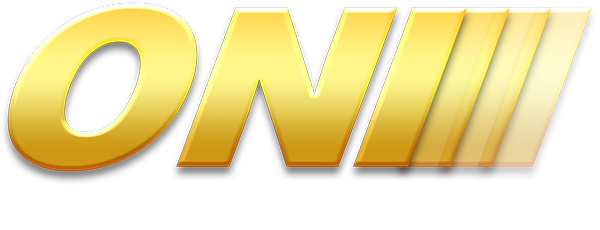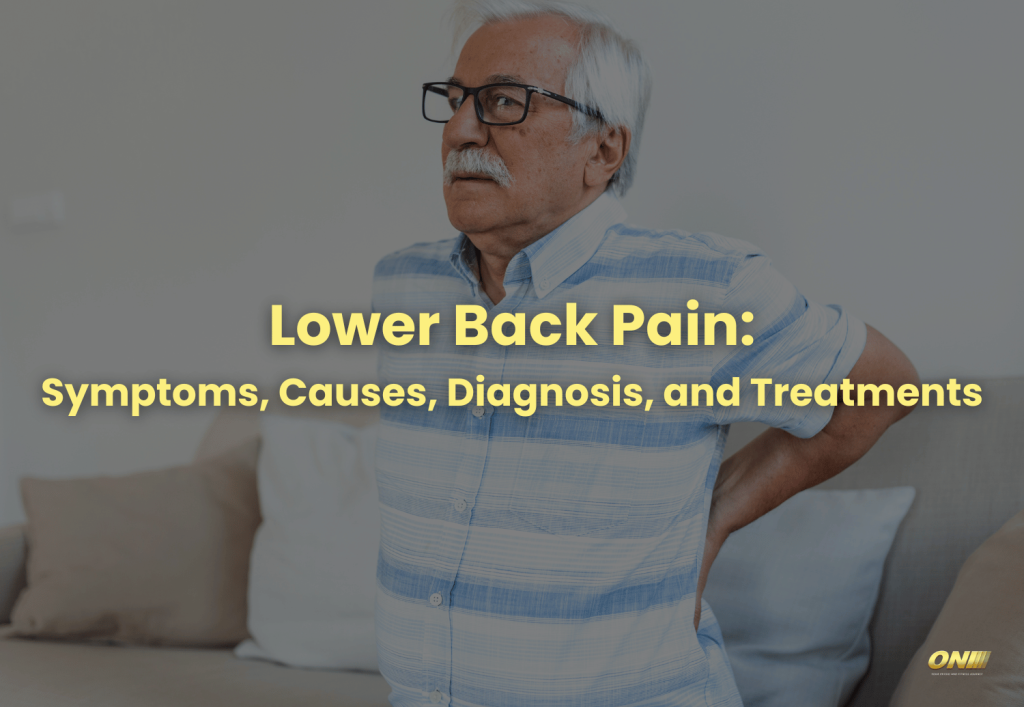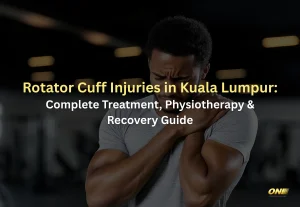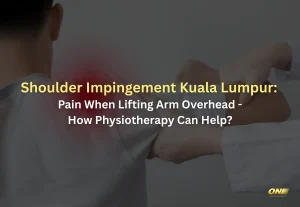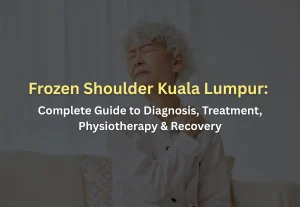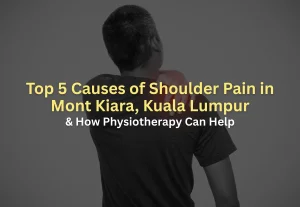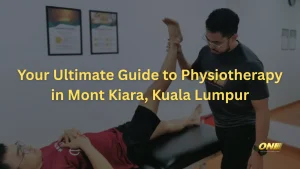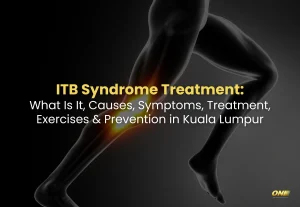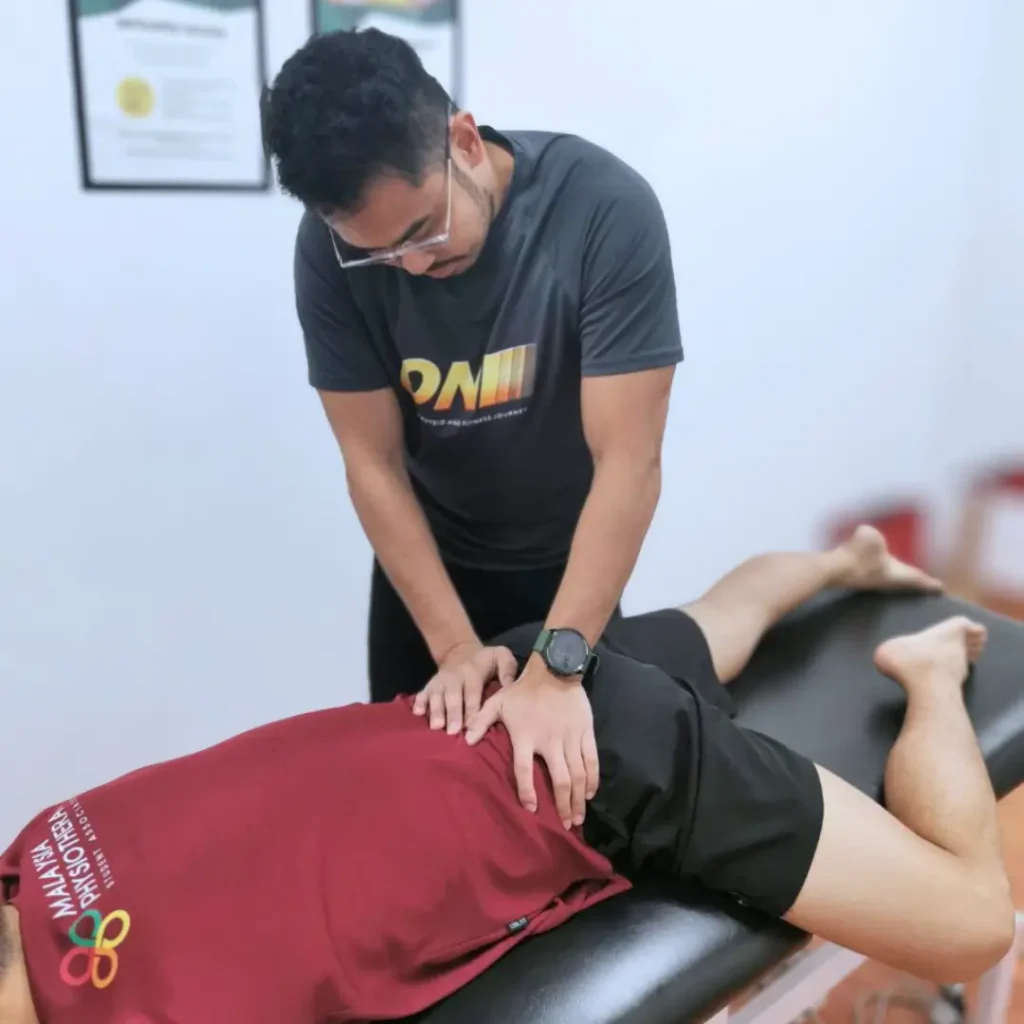Introduction to Lower Back Pain
Lower back pain is a common issue that affects people of all ages and backgrounds. It can range from a mild, dull ache to severe, debilitating pain that hinders daily activities. Understanding the symptoms, causes, and treatment options is crucial for managing this condition effectively.
This article will provide comprehensive information on lower back pain symptoms, causes, diagnosis methods, treatment options, strengthening exercises, and prevention strategies.
Symptoms of Lower Back Pain
Lower back pain symptoms can vary in intensity and type. Common symptoms include:
- Dull, aching pain: A constant ache in the lower back that can radiate to the buttocks, thighs, or even the feet.
- Sharp or stabbing pain: Sudden, severe pain that can be triggered by specific movements, such as bending or lifting.
- Muscle spasms: Tightening or cramping of the muscles in the lower back, often as a response to injury or overuse.
- Limited range of motion: Difficulty moving or bending due to pain and stiffness.
- Numbness or tingling: Sensations of pins and needles, usually indicating nerve involvement.
Causes of Lower Back Pain
Lower back pain can result from various factors, each contributing differently to the severity and nature of the pain. Understanding these causes can help in diagnosing and treating the condition effectively. Here are some common causes of lower back pain:
Muscle or Ligament Strain
Overstretching or tearing of muscles or ligaments in the lower back can lead to pain and spasms. This type of strain can result from:
- Heavy lifting: Lifting objects that are too heavy or using improper lifting techniques can strain the back muscles.
- Sudden movements: Quick, jerky movements can cause the muscles or ligaments to overstretch.
- Overuse: Repetitive activities that involve the back muscles, such as sports or physical labor, can lead to chronic strain and pain.
Herniated or Ruptured Discs

Discs that cushion the vertebrae can bulge or rupture, pressing on nearby nerves and causing pain. This condition, also known as a slipped or prolapsed disc, can result from:
- Degenerative changes: Over time, the discs lose water content and become less flexible, making them more prone to herniation.
- Injury: Sudden trauma, such as a fall or accident, can cause a disc to herniate.
Degenerative Disc Disease
Age-related wear and tear on spinal discs can lead to chronic pain. This condition involves the gradual degeneration of the discs, causing them to lose their cushioning ability. Symptoms often include:
- Chronic lower back pain: Persistent pain that can worsen with certain activities.
- Numbness or tingling: Sensations in the legs or feet if the degenerated discs press on nerves.
Arthritis
Osteoarthritis, the most common form of arthritis, can affect the lower back. It occurs when the cartilage that cushions the joints wears down, leading to pain and stiffness. Key points include:
- Facet joint arthritis: Osteoarthritis can specifically affect the small joints in the spine, known as facet joints, leading to localized pain.
- Inflammation: Arthritis can cause inflammation in the joints, contributing to stiffness and pain.
Spinal Stenosis
Spinal stenosis is the narrowing of the spinal canal, which puts pressure on the spinal cord and nerves. This condition often results from degenerative changes in the spine and can cause:
- Pain and cramping: Often felt in the lower back and legs, especially when standing or walking.
- Numbness or weakness: Symptoms may improve when sitting or leaning forward.
Skeletal Irregularities
Conditions like scoliosis or other spinal deformities can cause chronic pain. These abnormalities can alter the alignment and biomechanics of the spine, leading to:
- Imbalanced load: Uneven distribution of weight and stress on the spine, causing pain.
- Increased wear and tear: Accelerated degeneration of the spinal structures due to abnormal alignment.
Injuries
Accidents, falls, or sports injuries can damage the spine, muscles, or ligaments, leading to lower back pain. Common injury-related causes include:
- Fractures: Vertebral fractures can result from severe trauma or conditions like osteoporosis.
- Sprains and strains: Soft tissue injuries from sudden impacts or awkward movements.
Poor Posture
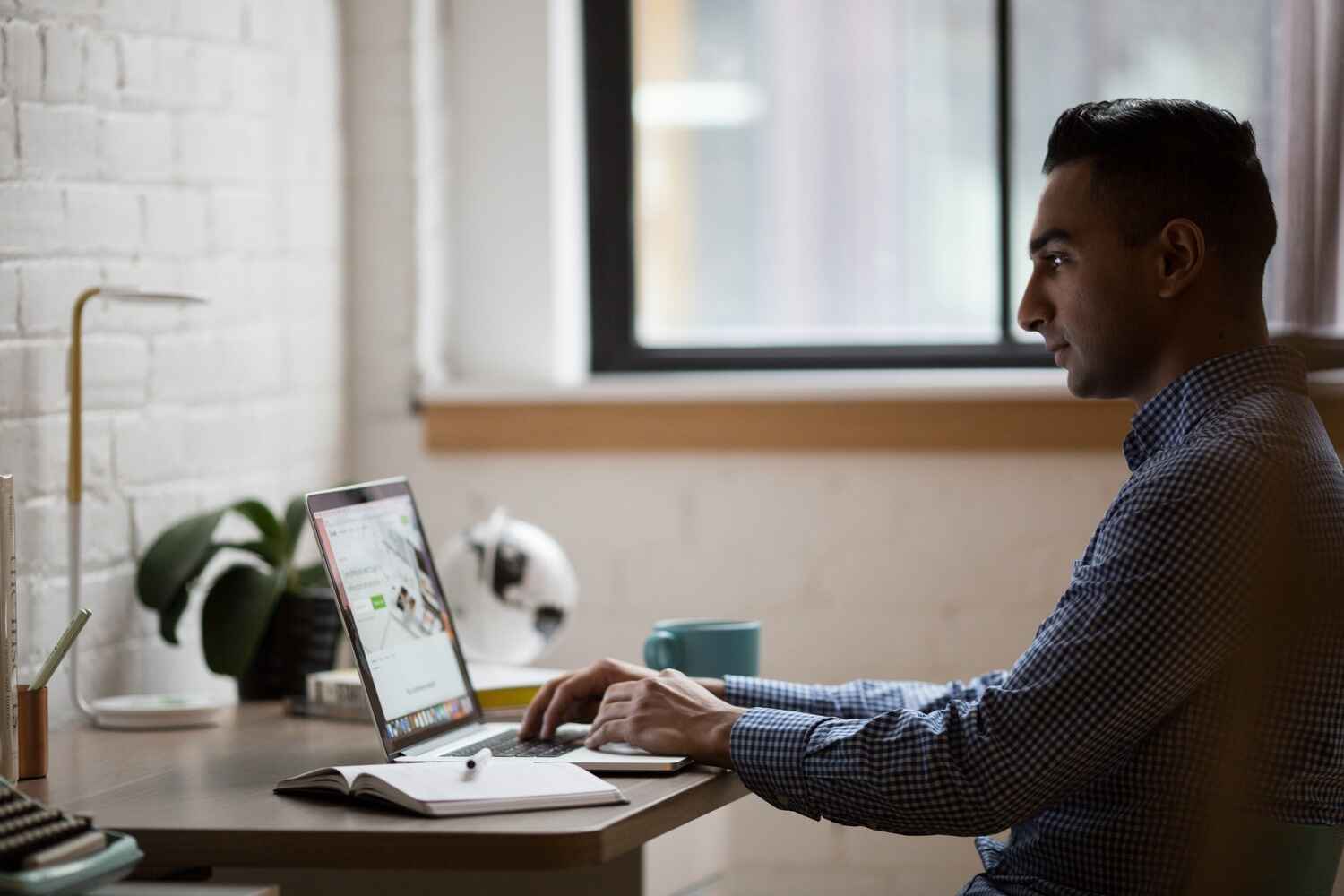
Prolonged poor posture can strain the lower back muscles and lead to pain. Common factors include:
- Sitting for long periods: Poor posture while sitting can put excessive pressure on the lower back.
- Standing incorrectly: Standing with a slouched or awkward posture can contribute to muscle strain.
Other Common Back Problems
- Sciatica: Pain that radiates from the lower back down the leg, often caused by a herniated disc pressing on the sciatic nerve.
- Spondylolisthesis: A condition where one vertebra slips forward over the one below it, causing instability and pain.
- Ankylosing Spondylitis: An inflammatory disease that can cause some of the vertebrae in your spine to fuse, leading to reduced flexibility and pain.
Understanding the diverse causes of lower back pain can help in accurately diagnosing and treating the condition. Each cause may require different management strategies, so it’s essential to consult a healthcare professional for a thorough evaluation and appropriate treatment plan.
Diagnosis of Lower Back Pain
Diagnosing the exact cause of lower back pain involves several steps:
- Medical history: The healthcare provider will discuss symptoms, medical history, and lifestyle factors to understand the nature of the pain.
- Physical examination: The provider will check for range of motion, reflexes, and muscle strength to identify any abnormalities.
- Imaging tests: X-rays, MRI, or CT scans can help identify structural problems, such as herniated discs or bone abnormalities.
- Physiotherapy tests: Functional assessments conducted by a physiotherapist can determine the extent of movement and muscle function.
Treatments for Lower Back Pain
Lower back pain treatment options vary depending on the cause and severity of the pain. Common treatments include:
- Physiotherapy: Physiotherapy is a cornerstone in the treatment of lower back pain. A physiotherapist can design a personalized exercise program to strengthen the back muscles, improve flexibility, and enhance overall function. They may also use techniques such as manual therapy, heat or cold therapy, and rehab exercises to alleviate pain.
- Medications: Over-the-counter pain relievers, such as ibuprofen or acetaminophen, can help reduce pain and inflammation. In some cases, doctors may prescribe stronger medications or muscle relaxants.
- Injections: Corticosteroid injections can be administered to reduce inflammation and provide relief from severe pain. These injections are often used when other treatments have not been effective.
- Surgery: In severe cases where conservative treatments fail, surgical intervention may be necessary to correct structural issues, such as herniated discs or spinal stenosis.
Strengthening Exercises and Stretches for Lower Back Pain
Incorporating specific exercises and stretches can help alleviate lower back pain and prevent future episodes. Here are three effective exercises:
A. Pelvic Tilts:
- Lie on your back with knees bent and feet flat on the floor.
- Tighten your abdominal muscles and press your lower back into the floor.
- Hold for a few seconds, then relax.
- Repeat 10-15 times. This exercise helps to strengthen the abdominal muscles and stabilize the lower back.
B. Cat-Cow Stretch:
- Start on your hands and knees in a tabletop position.
- Arch your back towards the ceiling (cat position), then dip your back towards the floor (cow position).
- Repeat 10-15 times, moving smoothly between positions. This stretch helps to improve flexibility and relieve tension in the spine.
C. Bird-Dog Exercise:
- Start on your hands and knees in a tabletop position.
- Extend your right arm forward and left leg backward, keeping your back straight.
- Hold for a few seconds, then return to the starting position.
- Repeat with the opposite arm and leg.
- Perform 10-15 repetitions on each side. This exercise helps to strengthen the core and back muscles, enhancing stability and balance.
Prevention of Lower Back Pain
Preventing lower back pain involves maintaining a healthy lifestyle and practicing good habits:
- Exercise regularly: Engage in activities that strengthen your back, core, and leg muscles to support the spine.
- Maintain a healthy weight: Excess weight can put additional strain on your lower back, so keeping a healthy weight is crucial.
- Practice good posture: Ensure proper alignment when sitting, standing, and lifting objects to avoid unnecessary strain on the back.
- Take breaks: Avoid prolonged sitting or standing by taking regular breaks to move and stretch, reducing the risk of muscle fatigue and strain.
- Use proper lifting techniques: Bend your knees and keep your back straight when lifting heavy items to prevent injury. Read the step-by-step guide on how to do hip-hinging to protect your back. You can also watch the video below to learn how to lift heavy items with a proper technique.
By understanding lower back pain symptoms, identifying the causes, seeking appropriate treatment, and incorporating preventive measures, you can effectively manage and reduce the risk of lower back pain.
If you’re experiencing persistent or severe lower back pain, it’s essential to seek professional treatment to alleviate your discomfort and prevent further issues. At ONI Physio Fitness in Mont Kiara, Kuala Lumpur, our expert team is dedicated to providing personalized care and effective solutions for your lower back pain. Don’t let pain hold you back. Schedule your appointment today and take the first step towards a pain-free life with ONI Physio Fitness!
